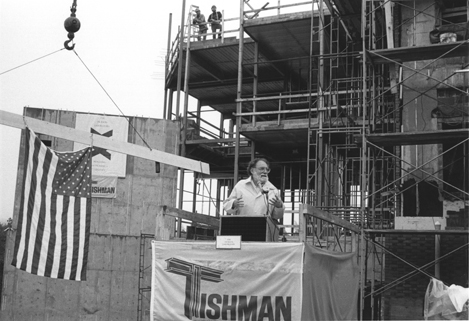
Faculty Research 1990 - 1999
Ovarian granulosa cell tumorigenesis in SWR-derived F1 hybrid mice: preneoplastic follicular abnormality and malignant disease progression.
Document Type
Article
Publication Date
1990
Keywords
Disease-Models-Animal, Female, Graafian-Follicle: pa, Granulosa-Cell-Tumor: pa, Granulosa-Cells: pa, Mice, Ovarian-Neoplasms: pa, Ovary: pa, Precancerous-Conditions: pa, Support-Non-U, S, -Gov't, Support-U, S, -Gov't-P, H, S, Theca-Cells: pa
First Page
625
Last Page
634
JAX Source
Am J Obstet Gynecol 1990 Aug; 163(2):625-34.
Grant
CA42363, CA34196
Abstract
A high incidence (27.5%; 174 of 633) of spontaneous, malignant ovarian granulosa cell tumors develop in (SWR x SWXJ-9)F1 hybrid females between 3 and 6 weeks. Granulosa cell tumors developed in predictable stages, starting as preneoplastic lesions appearing as hyperemic follicles on the ovarian surface. These follicles were characterized by hypertrophied theca, degenerating oocytes, and large fluid- or erythrocyte-filled antra lined by irregular masses of granulosa cells. Rapidly proliferating granulosa cells filled the antra and the theca/interstitial cells became more dysplastic as granulosa cell tumors developed. Thus the morphology of the preneoplastic lesion suggests that disturbed mechanisms for normal follicular development underlie granulosa cell tumor initiation. Estradiol treatment before but not after preneoplastic lesions appeared inhibited granulosa cell tumor formation. By 6 to 9 months 42% of these mice show metastases in major abdominal and thoracic organs. Thus this model can be experimentally analyzed both for mechanisms of granulosa cell tumor initiation and subsequent malignant progression.
Recommended Citation
Tennent BJ,
Shultz KL,
Sundberg JP,
Beamer WG.
Ovarian granulosa cell tumorigenesis in SWR-derived F1 hybrid mice: preneoplastic follicular abnormality and malignant disease progression. Am J Obstet Gynecol 1990 Aug; 163(2):625-34.

